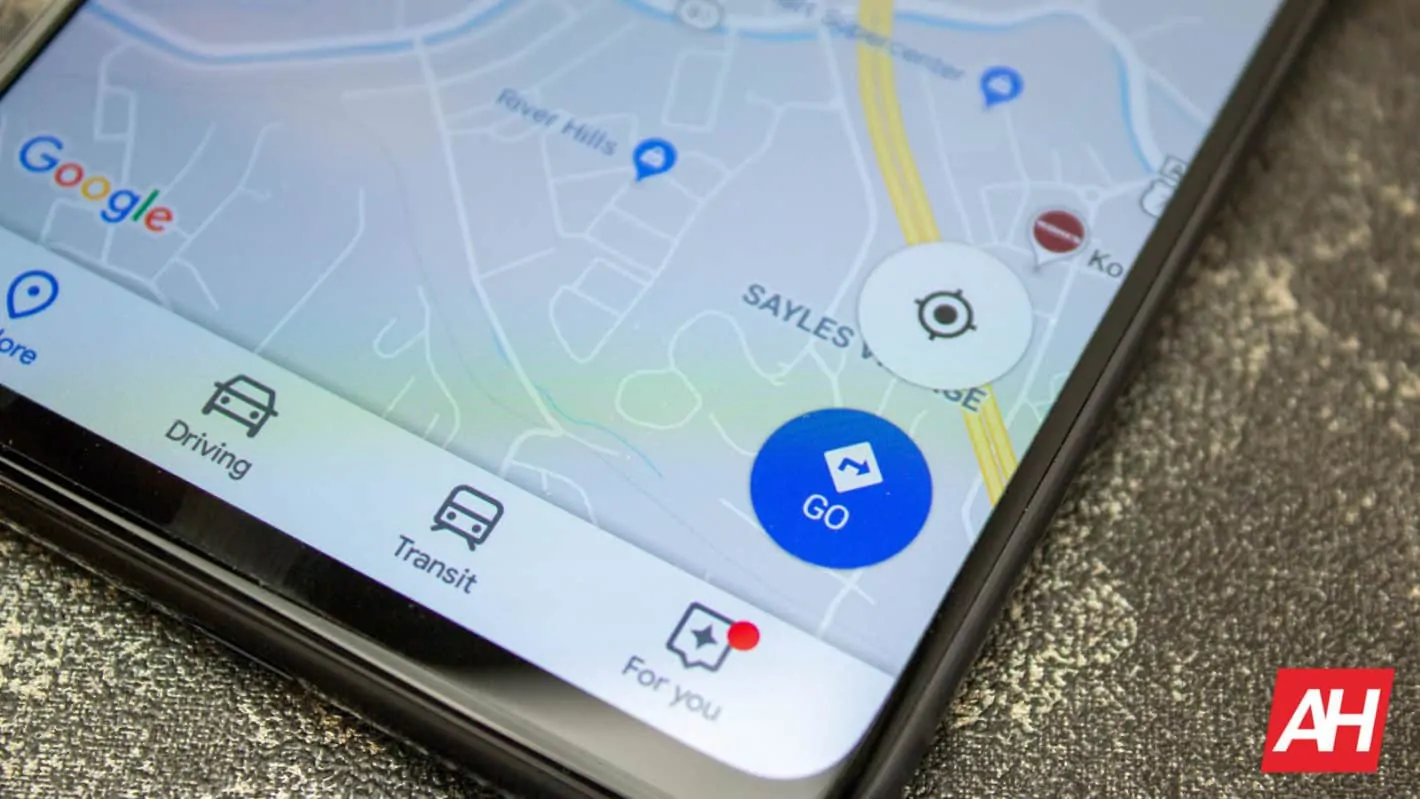A new Google Maps update tackles public transit live traffic delays and crowdedness. Google announced at its official blog today.
While Maps users consult transit schedules to see if they can make the upcoming bus, they can’t often know if they’ll make it to their destination on time because of unexpected traffic crowding, accidents, or mass stops.
To add greater information for public transit users, Google Maps is bringing Live Traffic Delays that will show you if your bus is late, how late it will be, and traffic times based on real-time traffic conditions. This is the “now” experience that once made Google Assistant own the name “Google Now.”
Next, Google realizes that users can’t estimate the crowdedness of certain public transportation. Usually, riders will get on the bus without the slightest thought of how crowded the bus can be.
Thanks to the new Google Maps update, users will be able to see an estimated crowdedness figure to determine if they want to get on the bus in question or hold out for the next bus. The new Google Maps update will allow users to make better decisions so as to avoid overcrowded buses on their visits from here forward.
Search engine and Maps giant Google has been steadily improving Maps since its inception. Earlier this year, Google announced the arrival of voice command Google Assistant to Maps, allowing users to reply to text messages, play music, search for places, and share their ETA (estimated time of arrival) with family and friends.
Up until now, users had to physically input addresses in Google Maps, or ask Google Assistant to play music outside the Maps app. Google Assistant’s presence will allow Maps users to say “Hey Google, take me home,” with the AI doing the rest.
Some days later, Google unveiled speed limit signs for navigation so that users can now see the speed limit on their particular road without having to look up and be distracted by it on the actual road. It only works if you use Maps for navigation, however.
Google then took key features from popular navigation app Waze and started integrating them into Maps, such as crash and speed trap alerts. Adding Messaging to Maps allows users to contact businesses and ask questions as they would over the phone (about business hours of operation, for example).
In April, the Maps owner added electric vehicle charging stations to the app, allowing EV drivers to find a charging station should they need one right away. The update allows electric vehicle drivers to see if a Chargemaster, EVgo, or SemaConnect station is available as well as how many ports of the charging station(s) are free so that drivers need not waste time standing around.
Last month, Google Maps added augmented reality (AR) for its own Pixel phones, allowing users to see and travel to the correct streets faster, which speeds up the time to their destination. The feature was only rolled out for Pixel phones with no timeline on when other Android devices and iPhones will get it. Finally, users can also order food through Maps as well, either manually or with Google Assistant. Google says the new public transit Maps update will roll out to 200 cities on Android and iOS starting today, so look for your Google Maps update and hit that update button.

